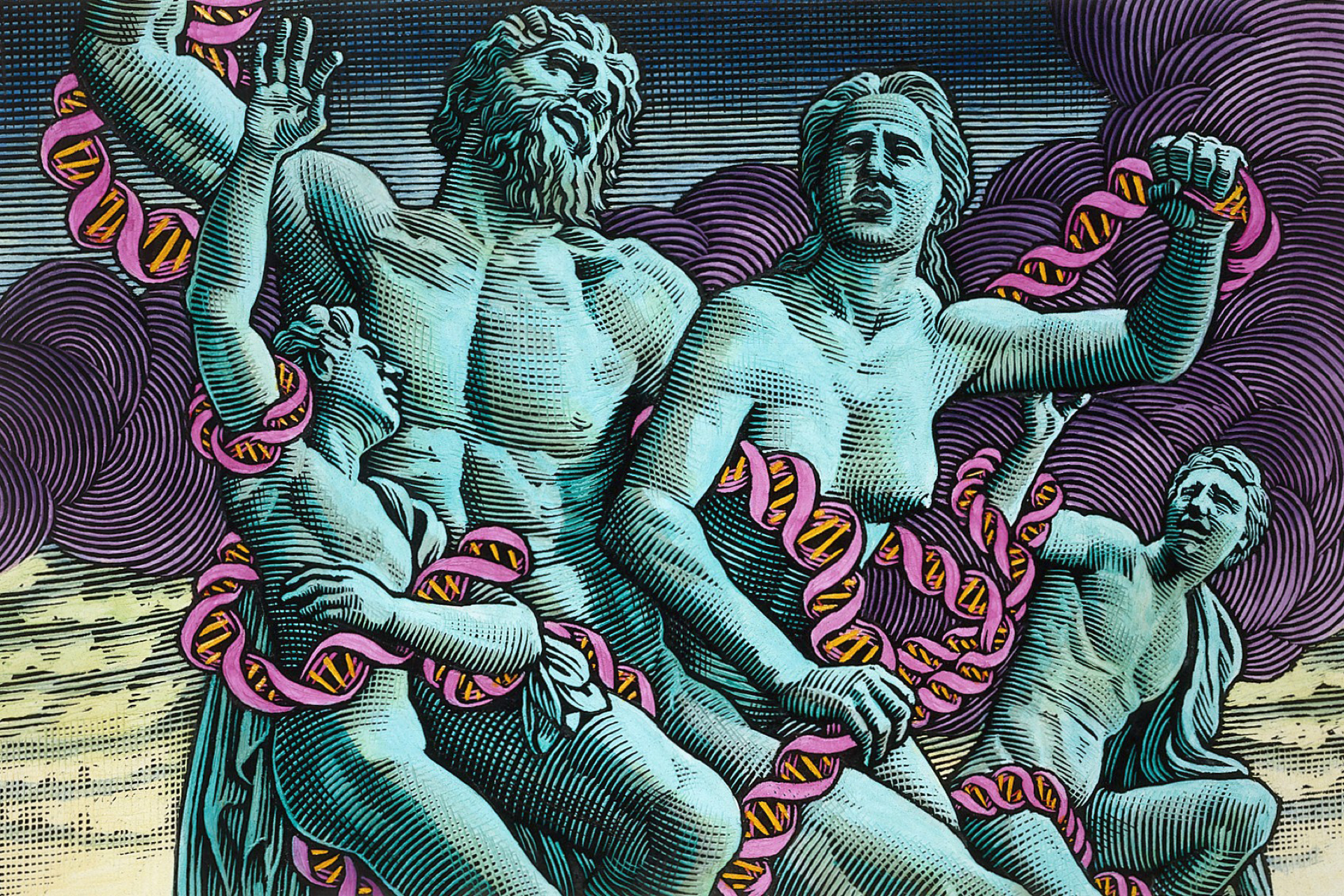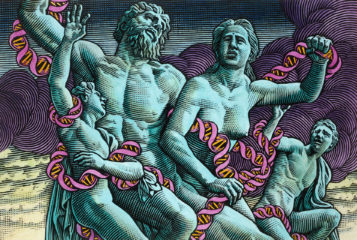The US House of Representatives leadership has agreed to allow a floor vote on a bill that would expand federal funding for human embryonic stem (ES) research. The bill would amend the Public Health Service Act, making human ES cells eligible for use in research conducted or supported by government funds, subject to certain criteria. The vote is expected to take place within the next two to three months. Co-sponsor Mike Castle says he is 'very pleased' with the decision, adding 'this is an indication they recognise the importance of this'.
The new bill, HR810 - also known as the Stem cell Research Enhancement Act of 2005 - was put forward by a bipartisan group of members of the US Senate and House of Representatives. The new bill would allow federally-funded researchers to derive ES cells from embryos left over from fertility treatments, if the patients agree to donate them for research. It would not allow federal funds to be used to create embryos by cloning or any other means.
Supporters of the bill have expressed optimism that if given a chance to vote on the issue, both the House and Senate will agree to a modest loosening of the current controversial rules, according to a report in the Washington Post. Co-sponsor Diana DeGette believes that public pressure lead the House leadership to agree to the bill's hearing. 'Basically, this is a train coming down the tracks, and I think the Republican leadership is beginning to recognise that', she said. However, there is apparently no guarantee that the leadership will not alter the bill before it comes to a vote, or even replace it completely.
Currently, government-funded ES cell researchers in the US are only able to work on ES cell lines that were already in existence on 9 August 2001. On that day, President George Bush announced his ES cell policy: that federal money would not be available for research that would involve the destruction of further embryos. The National Institutes of Health (NIH) predicted a total number of 78 such stem cell lines in August 2001, although in March 2004 it clarified the actual number was somewhere between 15 and 19, and that in the 'best case scenario', only 23 of the named cell lines will ever be viable. Since 2001, federal scientists and researchers have complained that these cell lines are unsatisfactory, as they were grown using mouse 'feeder' cells, making them unsuitable for use in humans - a fact confirmed recently by researchers from University of California, San Diego, and the Salk Institute for Biological Studies.
Castle and DeGette introduced a similar bill last year, which would have allowed federal funds to be used for ES cell research on embryos left over from fertility treatments and 'slated to be discarded as medical waste'. This, however, was blocked by Republican leaders in the House. The new bill has 156 co-sponsors, compared with only 25 for the 2004 attempt, leading Castle to say that he is 'optimistic' about its passage. Observers believe that the Senate version of the bill, introduced by Arlen Specter and Tom Harkin, stands a good chance of being passed if it ever gets to the floor. Specter said that if the House passes the bill, then the Senate Majority Leader Bill Frist 'would be likely to allow a vote on it'. However, a spokeswoman for the White House said last week that President Bush has not changed his mind over his policy for federal funding of embryo stem cell research.




Leave a Reply
You must be logged in to post a comment.